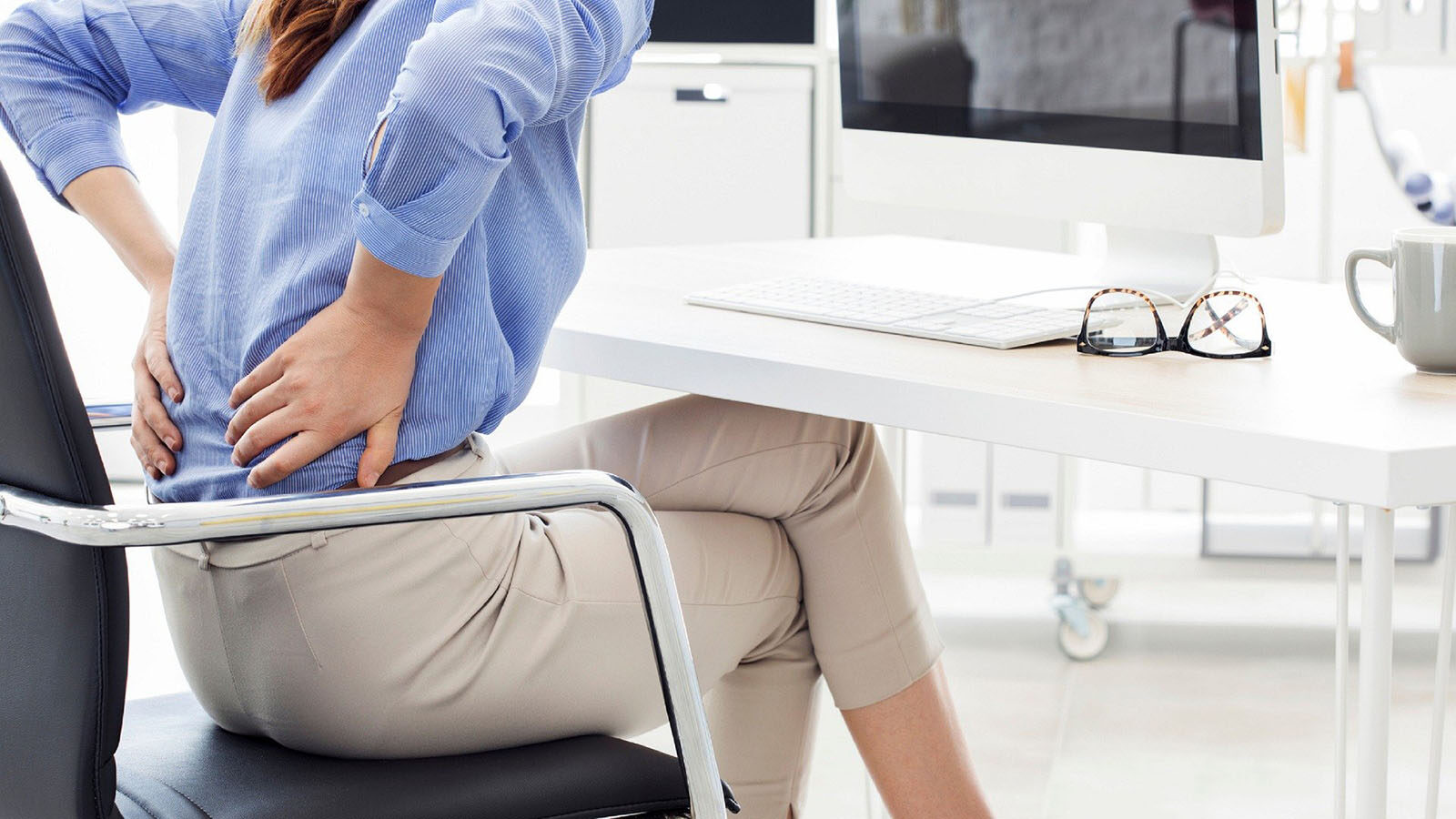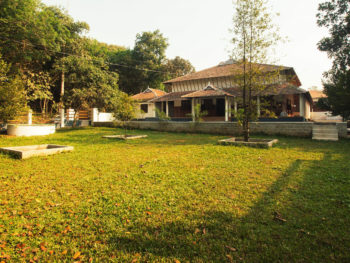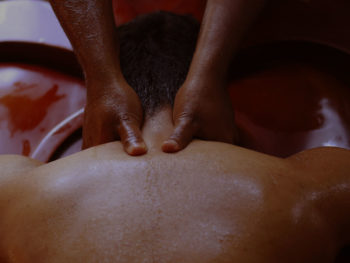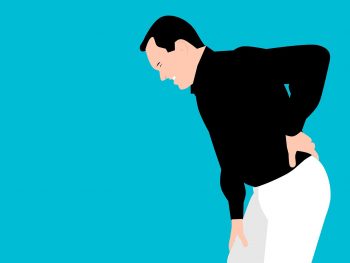Low back pain that is not associated with serious or potentially serious causes can be named Non-specific.
Acute is anything that persists for less than 6 weeks – needs rest and advice from an expert
Sub-acute is anything persisting between 6-12 weeks – needs mobility as per advice
Chronic is anything persisting for 12 weeks or more – needs regular walking over plain surfaces.
The lower back muscles play an important role in maintaining stability and movement. These are two key aspects that are needed when walking. These muscles can become deconditioned in those with sedentary lifestyles, leading to weakness over time. This prolonged weakness can increase muscular fatigue, and injury, exaggerating the pain already being experienced. Reduced physical activity can also cause these muscles and the joints of the lumbar spine to become stiff, which can increase the pressure on the lower back.
Impacts of walking on the lower back
- Increased blood flow: Small blood vessels and capillaries in the lower back muscles can become constricted following decreased physical activity, reducing the blood flow to these muscles. Walking allows for more movement in these muscles, allowing these capillaries and blood vessels to open up again. This increases the blood supply and nutrients to these muscles, helps in bringing strength, and aids in the healing process
- Stretch and contraction of muscles: The movement in the lower back during walking increases the stretch and contraction of the lower back muscles and those in the legs, buttocks, and core, allowing for more flexibility and mobility in this area. This increases the overall range of motion in the lower back
Walking is a low-cost intervention, and a combination of Ayurvedic external applications and therapies with walking is more effective than conventional physiotherapy alone. It is recommended to exercise for at least 15 to 30 minutes most days for those who have passed the acute/subacute phase of low back pain.










 Degenerative disc disorders – why Ayurveda
Degenerative disc disorders – why Ayurveda